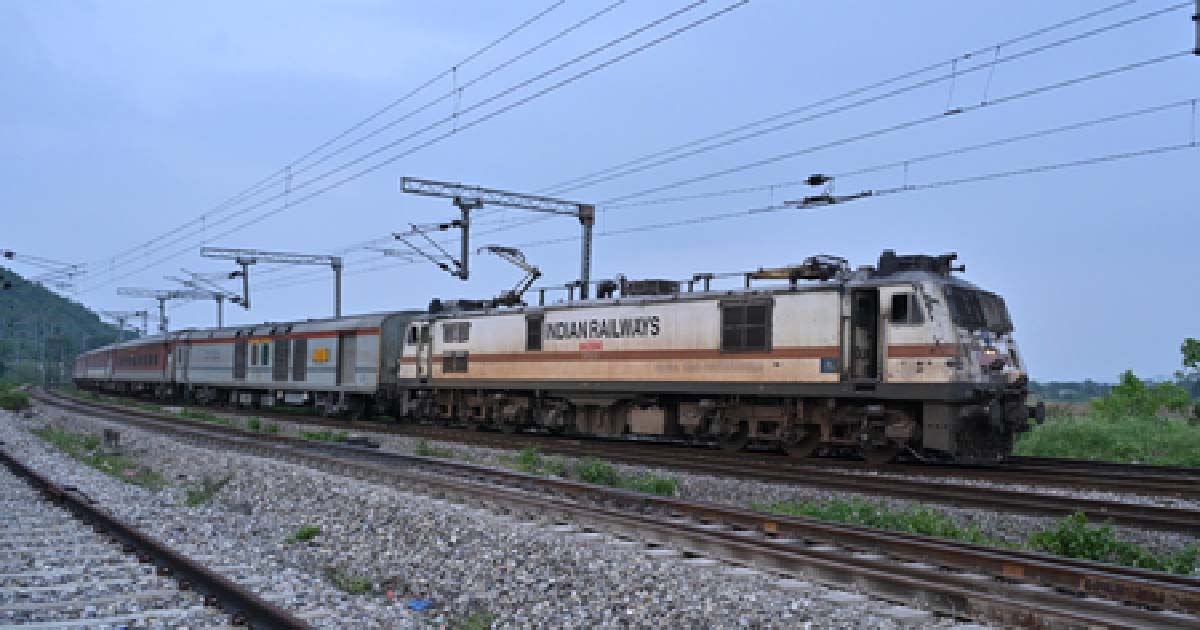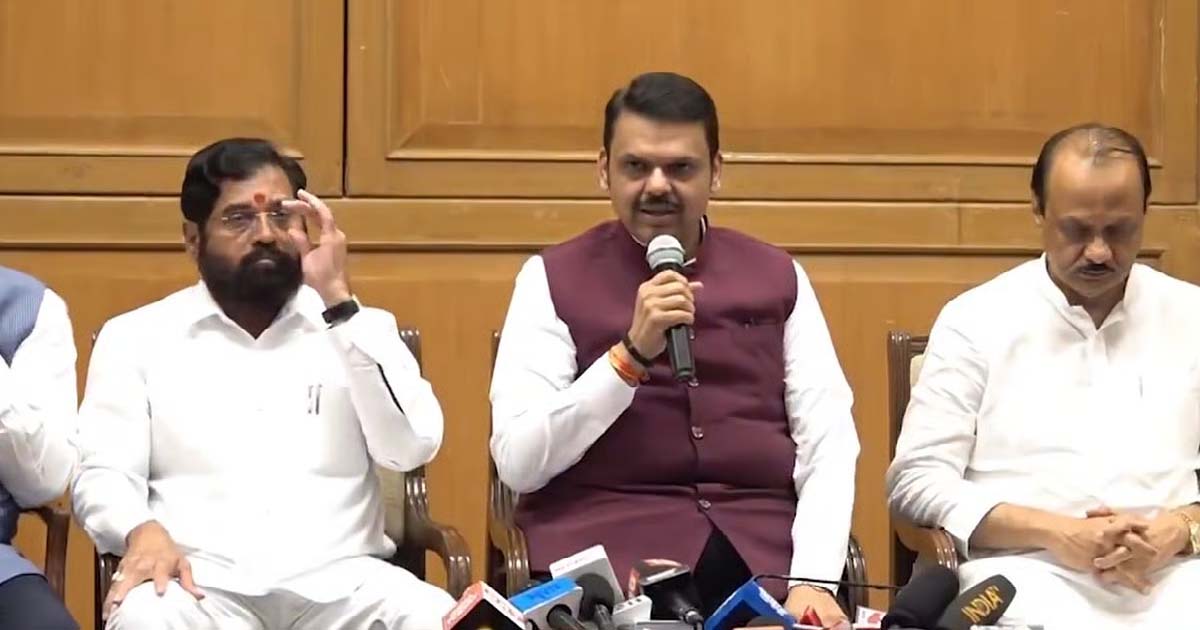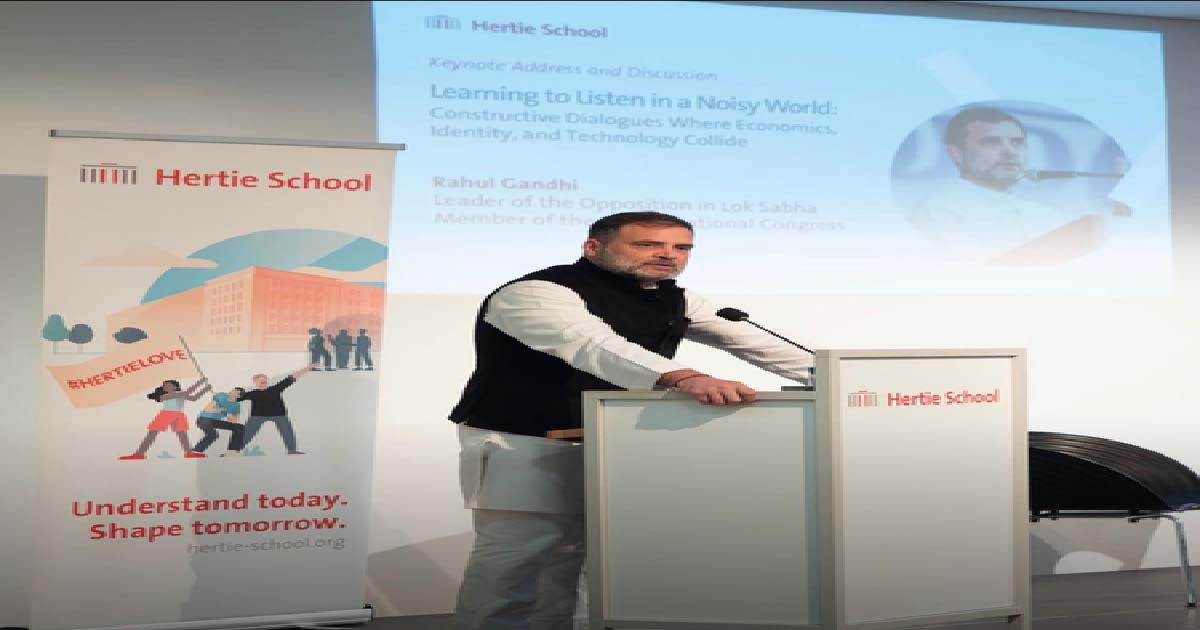National News
Haryana CM Manohar Lal Khattar thanks Centre for hiking MSP for six crops

Haryana Chief Minister Manohar Lal Khattar on Friday thanked the central government for hiking the minimum support price (MSP) for six Rabi crops before the sowing season begins even as the agitating farmers bodies continued their protests in Karnal city in his state.
He said this decision would prove to be an important step towards the goal of doubling the income of the farmers.
The Chief Minister said Haryana is the first state in the country where highest price of sugarcane is being given.
This state government has increased the price of sugarcane by Rs 12 per quintal with which the price has been increased from to Rs 362 per quintal. This rate is the highest in the country and Rs 2 more than the price being given in neighbouring Punjab.
Khattar said in the six Rabi crops the MSP has been increased from Rs 40 to Rs 400 and in many crops there has been an increase of up to 100 per cent.
The Karnal agitation is the second batch of protests started by the farmers against the three contentious laws past by the Centre last year. The agitations began on November 26, 2020. The Karnal protests entered its fourth day on Friday.
National News
Ara–Sasaram passenger train hits rotavator in Bihar’s Bhojpur

Patna, Dec 23: Panic gripped passengers on Tuesday after the Ara–Sasaram train hit an agricultural equipment (rotavator) on the railway track near Udwantnagar in Bhojpur district of Bihar.
The incident occurred at around 7.54 a.m., shortly after the train departed from Ara railway station.
According to a railway official, the passenger train left Ara at 7:44 a.m. Approximately ten minutes later, Gadhani Station Master S.K. Singh received information from the control room that the train had struck a vehicle on the railway track.
Fortunately, no casualties were reported, and the train did not derail.
Railway authorities promptly alerted senior officials, and railway staff rushed to the spot to manage the situation.
Passengers were safely evacuated and reassured by railway personnel.
Eyewitnesses said there was momentary chaos inside the train. Railway staff quickly brought the situation under control and shifted passengers to a safe area.
Preliminary investigations suggest that dense morning fog may have caused the accident.
Due to poor visibility, the rotavator driver allegedly failed to notice the approaching train in time. The agricultural equipment suddenly appeared on the track, leading to the incident.
The rotavator driver reportedly fell from the vehicle after the impact but escaped without serious injuries.
Railway officials said the train was moving at a controlled speed, and the alert loco pilot, who applied emergency brakes, helped avert a major mishap.
Railway Protection Force (RPF) personnel later inspected the track to ensure passenger safety.
After a brief halt and clearance of the track, the train resumed its journey at a slow speed and later continued as per schedule.
The railway administration has initiated an inquiry to determine how the rotavator reached the railway track.
While initial findings ruled out negligence on the part of the train driver, officials have warned local farmers and villagers against bringing vehicles or agricultural equipment close to railway lines.
In view of the rising railway incidents in Bihar, authorities have ordered heightened vigilance in fog-prone areas and instructed staff to monitor track safety.
Railway authorities have urged passengers to remain calm during emergencies and follow staff instructions to ensure safety.
National News
‘Avoid Sharp Attacks’: Maharashtra CM Devendra Fadnavis Warns BJP Leaders After Mahayuti Victory In Local Body Polls

In the aftermath of the BJP’s commanding performance in the Maharashtra local body elections, Chief Minister Devendra Fadnavis has asked party leaders to exercise restraint and avoid sharp attacks on allies within the Mahayuti alliance. the message was conveyed during a late night core committee meeting held at the Chief Minister’s official residence, where the party reviewed both its successes and shortcomings.
Despite the BJP emerging as the single largest force in the civic polls, Fadnavis is said to have flagged defeats in several municipal councils and nagar panchayats, including in districts represented by BJP legislators. The Chief Minister reportedly told leaders that the party must aim for stronger performance in civic elections, especially at the grassroots level.
Fadnavis issued a clear warning against public criticism of allies, including Eknath Shinde’s Shiv Sena and Ajit Pawar’s Nationalist Congress Party. He advised leaders to maintain discipline even if seat sharing arrangements fail to materialise during upcoming civic polls.
The directive comes after a tense run up to the local body elections, during which seat sharing talks within the NDA camp repeatedly stalled. Several constituencies witnessed so called friendly contests, with alliance partners pitted against each other, leading to sharp exchanges on the ground.
The Mahayuti alliance of the Bharatiya Janata Party, Shiv Sena and NCP swept elections to 288 municipal councils and nagar panchayats across the state. Together, the allies secured 207 president posts, while the opposition alliance of Congress, Shiv Sena UBT and NCP SP was restricted to just 44.
The BJP won 117 president posts, followed by the Sena with 53 and the NCP with 37. In the opposition camp, Congress emerged as the best performer with 28 posts, though it fell far short of challenging the ruling alliance’s dominance.
A key takeaway from the results has been the performance of the Shinde led Shiv Sena. This was the first major election since the Sena split in which the party directly contested against the BJP in several seats. Despite being the junior partner in the Mahayuti, the Sena posted a higher strike rate than the BJP.
The party also expanded beyond its traditional strongholds in the Konkan region and the Thane belt, making notable inroads into rural and semi urban Maharashtra. Celebrating the outcome, Shinde said critics who claimed the Sena was confined to Thane had received their answer, asserting that the party had reached from Chanda to Banda across the state.
Thanking voters for their support, Fadnavis described the local body poll results as a trailer of what lies ahead in the upcoming municipal corporation elections. The Brihanmumbai Municipal Corporation election is scheduled for January 15, with results to be declared the following day.
The last BMC polls were held in 2017, when the undivided Shiv Sena emerged as the single largest party. This time, the two Sena factions will face off in a high stakes prestige battle. Shinde’s strong showing is expected to bolster his bargaining position with the BJP during seat sharing talks, while the opposition faces an uphill task in recovering from successive electoral setbacks.
National News
Rahul Gandhi renews ‘vote chori’ charge during Germany visit, claims ‘full-scale assault’ on India’s institutions

Berlin, Dec 23: Leader of the Opposition in the Lok Sabha Rahul Gandhi has once again mounted a sharp attack on the BJP, reiterating allegations of ‘vote chori’ and claiming that India is witnessing a “full-scale assault on the institutional framework” of the country.
Addressing a gathering at the Hertie School in Berlin, Germany, on the theme ‘Politics Is The Art Of Listening’, Gandhi said the Haryana Assembly elections in 2024 and the Maharashtra Assembly elections in 2024 “were not fair”.
He alleged that the Congress party had formally raised concerns with the Election Commission of India, but did not receive any response.
“We fundamentally believe that there is a problem with the electoral machinery in India. The second thing is that there is a wholesale capture of our institutional framework,” Gandhi said.
He alleged that key institutions had been compromised, adding, “When you look at our intelligence agencies, you look at the CBI, you look at the ED, they’ve been weaponised.”
Pointing to what he described as selective action by central agencies, Gandhi said, “Look at the number of cases that the ED and the CBI have against the BJP people. You’ll find the answer is zero. And look at the number of cases they have against people who oppose them.”
According to Gandhi, this has created an atmosphere where institutions are no longer performing their mandated roles.
“From our perspective, the Congress perspective, we helped build the institutional framework. So we never viewed it as our own institutional framework. That’s not how the BJP sees it,” he said.
He alleged that the ruling party considers institutions as instruments of political power.
“The BJP views the institutional framework of India as belonging to them. And so they use it as a tool for building political power. Just look at the difference between how much money the BJP has and how much the opposition has. You’ll see a ratio of 30:1,” he said.
Gandhi said the Opposition must actively devise ways to respond to what he described as systemic challenges.
“It’s not good enough for us to say, ‘Oh, you know, there’s a problem in the elections.’ We will deal with it. And we will create a method, a system of opposition resistance that will succeed,” he added.
Responding to a question on the INDIA bloc, Gandhi said alliances are often viewed only through the prism of elections. He urged a broader understanding of the grouping.
“Look at it slightly differently. All the parties of the INDIA bloc do not agree with the basic ideology of the RSS. That’s the point. And you can ask any of them. None of them will tell you that actually we believe in the ideological position of the RSS,” he said.
He acknowledged that differences exist among alliance partners but stressed that unity prevails when it matters.
“So we are very much united on that question. But we have tactical contests that take place, and we will continue to have them,” Gandhi said.
“But you will see that when it comes to the Opposition requiring unity, and you see it every day in Parliament, for example, we are very united. And we will contest the BJP on the laws we disagree with. It’s a deeper battle now than simply elections. Now we are fighting a battle for an alternate vision of India,” he added.
Citing recent electoral victories, Gandhi said, “We have won elections in Telangana, Himachal Pradesh. We have been raising issues as far as the fairness of elections in India is concerned.”
He claimed that the Congress party had presented evidence to back its claims.
“I have done press conferences in India where we have clearly shown without a shadow of a doubt that we won the Haryana election and that we don’t feel the Maharashtra elections were fair,” Gandhi said.
Reiterating his allegations against the Election Commission, Gandhi said, “There is a full-scale assault taking place on the institutional framework of our country. We asked direct questions to the Election Commission. A Brazilian woman was on the voting list 22 times in Haryana… We did not get a response.”
“We fundamentally believe that there is a problem with the electoral machinery in India,” he added.
-

 Crime3 years ago
Crime3 years agoClass 10 student jumps to death in Jaipur
-

 Maharashtra1 year ago
Maharashtra1 year agoMumbai Local Train Update: Central Railway’s New Timetable Comes Into Effect; Check Full List Of Revised Timings & Stations
-

 Maharashtra1 year ago
Maharashtra1 year agoMumbai To Go Toll-Free Tonight! Maharashtra Govt Announces Complete Toll Waiver For Light Motor Vehicles At All 5 Entry Points Of City
-

 Maharashtra1 year ago
Maharashtra1 year agoFalse photo of Imtiaz Jaleel’s rally, exposing the fooling conspiracy
-

 National News1 year ago
National News1 year agoMinistry of Railways rolls out Special Drive 4.0 with focus on digitisation, cleanliness, inclusiveness and grievance redressal
-

 Maharashtra1 year ago
Maharashtra1 year agoMaharashtra Elections 2024: Mumbai Metro & BEST Services Extended Till Midnight On Voting Day
-

 National News1 year ago
National News1 year agoJ&K: 4 Jawans Killed, 28 Injured After Bus Carrying BSF Personnel For Poll Duty Falls Into Gorge In Budgam; Terrifying Visuals Surface
-

 Crime1 year ago
Crime1 year agoBaba Siddique Murder: Mumbai Police Unable To Get Lawrence Bishnoi Custody Due To Home Ministry Order, Says Report


















